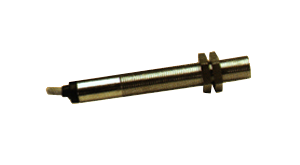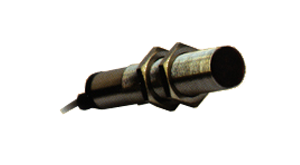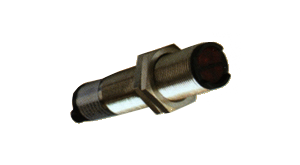We are Manufacturer, Supplier, Exporter of Optical Proximity Switches and our setup is situated in Pune, Maharashtra, India.
Introduction
Optical proximity sensors with modulated Infra Red beam consisting of transmitter and receiver.The Optical Proximity Switches the state of the art modulation and detection circuit ensures reliable operation of sensor in hostile environment and are unaffected by temperature variation and stray light.This Switches senses any object,Longer Sensing Distanc and widely used for sensing metals, non-metals like, wood, glass & water.
Optical Proximity Switches / Sensors works on principle of density :
Optical Proximity Switches / Sensors perceives any object at a long distance; have high position sensing accuracy and Medium counting speed. Optical Proximity Switches / Sensors have Infra-red type sensors adapting enhanced and authentic technology. These Optical Proximity Switches / Sensors are proposed in acrylic, tubular metallic & plastic enclosures. Exclusive miniatures of Optical Proximity Switches / Sensors are available for sensing miniature objects / high temperature objects and also available with an integrated Optical Fiber cable for easy erection.
Optical proximity Switches / Sensors are used where intense perceiving amplitude is essential with non-contact operation. The device can be perceived by three methods:
a) Through Beam Type : Transmitter and receiver are embedded in two separate enclosures. When they are sequenced, light beam passes from transmitter to receiver. Substance, detaching the light beam makes a change in the receiver. This change is identified, and output signal is generated to direct the external relay.
b) Retro Reflective Type : Transmitter and receiver are encased in single chamber and positioned with the reflector. The beam reproduced by the reflector gets back to the receiver. Object splitting the light beam generate a change at the receiver which produces an output signal.
c) Diffused Scan Type : Diffused Scan Type is a permanent attended type of switch. Transmitter and receiver are walled in the same casing. Transmitted beam hits on the target (when the object enters the scanning range) and gets reflected by object facade. Receiver notices these rays and output signal is generated.












